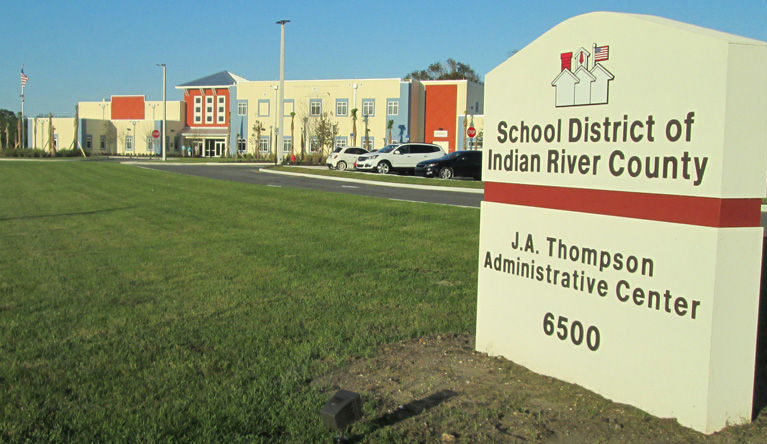
A recent audit reveals the Indian River County School District did not transfer money from the general fund into the health insurance fund, as promised, raising the question of whether employee insurance premiums are being used to pay down the fund’s $7 million deficit.
The School Board previously told district administrators they could not raise insurance premiums to pay off the deficit. Supposedly, the recent 32-percent increase in premiums, totaling about $4 million more from employees this year, is being used only to pay for this year’s claims and administration fees.
But since there is no record of a transfer, it is unclear how the district paid vendors the $3.8 million owed at the end of last fiscal year, June 30, 2016.
The school district is self-insured, which means it owns and operates its own health insurance company. All insurance providers in the state file a yearly plan with the state Office of Insurance Regulation, which approves or denies it, pulling or renewing the provider’s license.
The state Auditor General’s office, in its annual “operational audit,” found five problems with the Indian River County School District’s finances for the fiscal year starting July 1, 2015, and ending June 30, 2016. But the audit, dated January 2017, was barely discussed by the school board before a motion, passed unanimously by the board, moved it into the public record.
Leaving the other four findings aside, the first concerned the self-insurer’s fund.
Auditor General and CPA Sherrill Norman said the district “certified” it would transfer $3.8 million from the general fund to pay off bills from vendors if the employees’ premiums weren’t enough to cover it. Not only did the district not transfer the money by the end of the fiscal year, according to the audit; it still had not done so by Nov. 23, 2016, over four months into the current fiscal year.
Norman also chided the school board for not passing a policy that requires the district to end the year with a healthy balance in the fund.
“The Board should establish policies identifying a target net position balance or funding level for the health self-insurance plan to ensure the plan is adequately funded and actuarially sound,” Norman wrote in the finding.
The fund was nearly $7 million in deficit at the end of the fiscal year, an amount that included a $3.8 million deficit in health-provider and administration costs and the loss of a state-mandated $3 million “safe harbor” or reserve-fund equal to 60 days of expenses.
The district was already violating insurance regulations by not keeping its safe-harbor reserves up; it then pushed the envelope further by not transferring funds as certified. That was reckless, considering the Office of Insurance Regulation could yank the district’s insurance license, leaving 2,000 employees and retirees without coverage.
So how did the district pay off vendors last fiscal year?
School Board Member Laura Zorc asked Morrison that question at the last board meeting. He assured her employees are not paying off the $7 million deficit with their increased premiums, but didn’t explain where the district got the money to pay off the $3.8 million owed vendors.
After the meeting, Indian River County Education Association President Liz Cannon, the teachers’ union representative, asked the question again.
Morrison said the $3.8 million to vendors was paid from “cash flow from various funds,” and later amended it to “the cash fund.”
Since there is no cash fund listed in the budget, this makes it appear Morrison is informally shifting cash around, robbing Peter to pay Paul, to keep the general fund fat and the insurance fund in the black.



